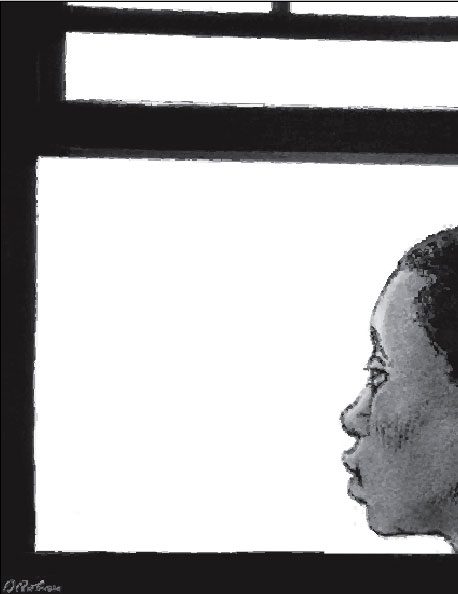For some people who have seen minorities rise steadily to the ranks of the nation’s middle class and have witnessed an increase in diversity in what were once exclusively white residential neighborhoods, concerns about housing discrimination and segregation now seem like yesterday’s news. But for many Americans, housing and lending discrimination, and a lack of access to neighborhoods of their choice still make for harsh realities.
Census data reveal that segregation has, in fact, declined in the United States on some measures, and while much of the recorded decline in segregation is due to a decrease in the proportion of exclusively white neighborhoods, the share of predominantly black neighborhoods has remained virtually unchanged since 1980. Where segregation has declined, generally speaking, it has been in relatively small Sun Belt communities with small black populations. In older Northeastern and Midwestern industrial communities, traditionally high levels of segregation persist. The National Fair Housing Alliance estimates that four million fair housing violations occur each year.
But still for some Americans, the election of Barack Obama represents a final and definitive end to discrimination in our society, allowing for some to deem unnecessary continued fair housing enforcement. Moreover, we keep hearing that old resilient myth that the current home foreclosure crisis is the result of extending homeownership and home mortgage credit to historically underserved groups — minority families. According to this argument, a broad range of policies aimed at expanding homeownership opportunities and fair lending contributed to the present crisis. In reality, these policies, which include the Community Reinvestment Act (CRA), the affordable housing goals of the government sponsored enterprises (GSEs) like Fannie Mae and Freddie Mac, and the expansion of homeownership in minority communities, are not responsible for the foreclosure crisis.
There are several places where we can look to find the real culprits in the current economic crisis. They include the decades of housing and lending discrimination that led to the exponential growth in abusive subprime loans; the lack of adequate regulations in the mortgage lending sector; the deregulation in the financial sector including the mortgage lending sector; the failure to enforce existing consumer protection laws; the 2000 law that ensured that credit default swaps would remain unregulated; the 2004 SEC decision to allow the largest brokerage firms to borrow more than 30 times their capital; the unchecked close relations between rating agencies and companies packaging mortgages and selling securities; and the failure of the SEC to oversee the brokerage firms as they got further invested into subprime debt. These are the culprits of the economic crisis.
There is enough evidence that the current crisis is the result of misbehavior by brokers, lenders, servicers, and the mortgage-backed securities industry that even former Federal Reserve Chairman Alan Greenspan said in a 2007 Newsweek interview that the “big demand” for subprime mortgages “was not so much on the part of the borrowers as it was on the part of the suppliers who were giving loans which really most people couldn’t afford.” Handsome profits were made at each level of the supply chain, not least of all by investors on Wall Street, who became the prime drivers for expanding high-cost unconventional home mortgage loans.
And despite the evidence and arguments refuting the notion that expanding homeownership in minority communities caused the foreclosure crisis, the myth continues, and might influence the actual behavior of lenders and policy makers. The reason for its persistence is that it lies near the germ of truth, even though the myth is false. The germ of truth about the housing crisis is that abusive lending targeted at minority communities was the precursor of this crisis. And it is the lax regulatory environment surrounding such lending that allowed ever more abusive practices to be developed and expanded.





See related stories:
Sen. Schumer seeks federal funds to fight mortgage fraud —https://www.nytimes.com/2009/04/21/nyregion/21fraud.html?_r=1
&
targeting of African American borrowers in Baltimore (reverse redlining) —
https://www.nytimes.com/2009/06/07/us/07baltimore.html?pagewanted=1&_r=1&sq=wells%20fargo&st=cse&scp=2
Nandinee—Tiny point, in an overall very important article, but wouldn’t revaluing overvalued homes downward increase the debt to value ratio and make fewer owners eligible for refinancing under the 105% rule? Or am I misunderstanding your suggestion somehow?
@Miriam Axel-Lute: Thanks for the comment Miriam. My suggestion is to use the loan value that would have occurred if the home had been appraised correctly (rather than over-appraised) at the time of the home purchase, and then to apply the 105% rule—which is now the 125% rule—to determine eligibility for refinancing. This adjustment would be made solely for the purpose of determining eligibility for refinancing. The debt to value ratio and any other parameters for determining the terms of the refinancing would be unaffected.